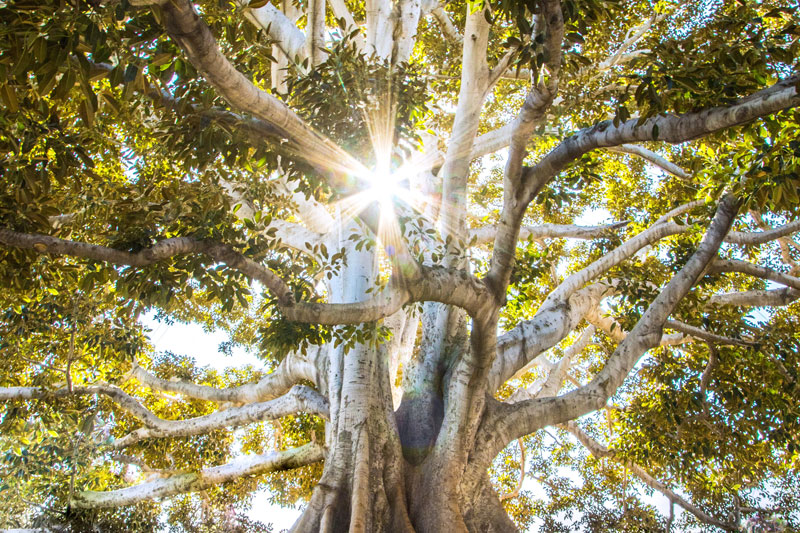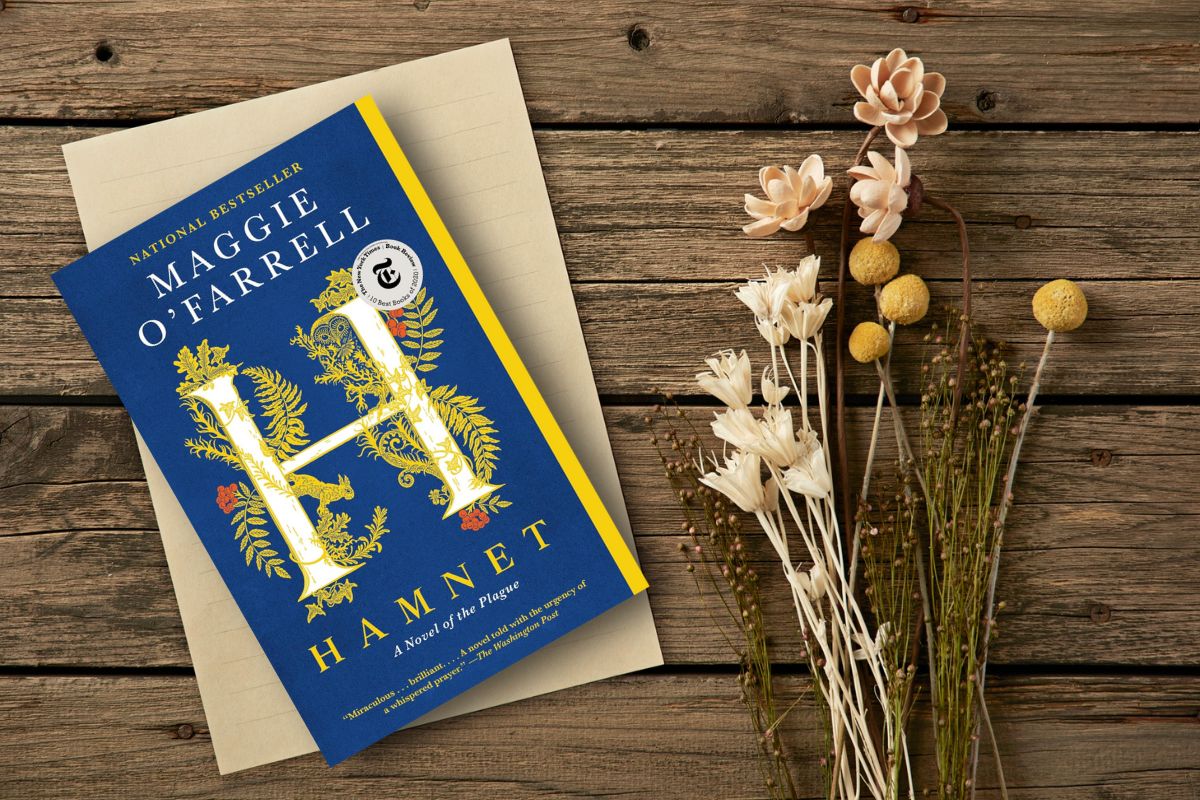This guest post was written by Juliet Cutler, author of Among the Maasai.
As writers, we see the world with acute precision. In many ways, this is our unique super power. We don’t miss the nuance of color, or the particular scent of a place. We turn life into artful metaphors, and we see the poignancy in everyday moments. We listen and watch for clues, which few others notice, to the inner life of characters. We think deeply, observe keenly, and dig deeper into our experiences to unearth the meaning, and then we strive to express that meaning through words and stories.
For me, these writerly qualities also mean that my barriers to pure joy, triumph over injustice, pain and suffering, and unbounded beauty are particularly low. The emotions just flood right in. Compassion and empathy, it seems, come with this special way of observing the world. I can’t, for example, attend a graduation without tears of joy leaking out. I get a lump in my throat when I see crimson alpenglow lighten the sky behind the mountains at sunrise. And, tales of injustice in the world create a visceral pain in my gut. All this may explain how I ended up teaching at the first school for Maasai girls in East Africa, and furthermore how I came to write a memoir about this experience. I saw it fully. It flooded me completely, and I wrote to make sense of it all.
Twenty years ago, I left the United States as a young, naïve teacher who’d heard the stories of Maasai girls who so desperately wanted to attend school that they would run away from home, walk vast distances, and show up at a boarding school to beg for an opportunity to get an education that they knew could transform their lives. These girls faced extraordinary hurdles including early forced marriages, staggering poverty, genital cutting, and other forms of gender-based discrimination and violence. Their fortitude in the face of these challenges humbled and inspired me. I wanted to know them, and I hoped in some small measure that I could help them.

Of course, the reality of my experience was and is very complex, wound tightly in poverty and privilege, insider and outsider, traditional and modern, oppression and power. Thus, these are the themes I sought to address in my memoir, Among the Maasai. The book tells the chronological story of my time in Tanzania, but it focuses more sharply on the ways these experiences transformed me—the ways my Maasai students and Tanzanian colleagues drew me into a larger purpose and a recognition that education for women and girls matters to me and to the world.
I found that memoir offered the perfect vehicle for examining the experience—my motives and shortcomings, the rich culture of the Maasai, the history of white intervention in East Africa, and the ways change becomes possible and the ways it doesn’t. Writing was a journey of self-discovery and revelation. While I initially wrote from a place of deep need to understand and make meaning, I eventually came to believe the story had the power to change readers in the ways it had changed me. It offered a perspective about the diverse world we inhabit and our responsibilities to one another as thoughtful, caring members of a common community.
When I think about what advice to offer other memoirists who seek to deliver their heart, their life’s work, or their core purpose to readers, a few key lessons from my own writing and publication process emerge:
- Honesty and Vulnerability Matter – Readers respond to authentic voices, which requires writers to let the polished veneer of persona fall away. There’s no quicker way to alienate a reader than to come across as disingenuous, or to hold back some part of the story in fear of being vulnerable.
- Tell the Truth – In the genre of memoir, truth-telling seems obvious, but there is a difference between truth with a little “t,” and Truth with a big “T.” Memoir, like all great writing, has the power to reveal universal Truths, which become the points of connection for readers.
- Literary Conventions Apply to Real Life – Narrative arc, scene, characters, and dialogue are as critical to memoir as they are to fiction. Once I understood that my collection of stories would become a book, I needed to organize them around a narrative arc and fill in the gaps where necessary. As I edited, I frequently added dialogue, created stronger scenes, and ensured characters appeared throughout the book.
- Readers Remember Stories – Humans love stories and forget facts. I peppered my memoir with necessary facts, such as statistics on girls’ education, that drove home key point, but I did this judiciously choosing instead to focus on good storytelling.
- Write as a Platform to Greater Good – I didn’t fully realize the ways my memoir could serve as platform for advocacy until I started the publishing process. All proceeds from the sale of the book are supporting education and safety for Maasai girls, but even beyond this, the book underscores my expertise on the power of girls’ education.
In 2015, the late Toni Morrison wrote, “This is precisely the time when artists go to work. There is no time for despair, no place for self-pity, no need for silence, no room for fear. We speak, we write, we do language. That is how civilizations heal.”
For me, writing a memoir has been about my larger purpose to transform the conditions of poverty, violence, and oppression for Maasai girls. No matter your particular purpose, I urge you to go to work. The world urgently needs your stories.
Juliet Cutler is an American writer, educator, and activist. In her memoir, “Among the Maasai,” she tells the story of her experiences working alongside local leaders to empower Maasai girls in Tanzania. All proceeds from the sale of the book support education for Maasai girls. To learn more visit: www.julietcutler.com














Leave A Comment